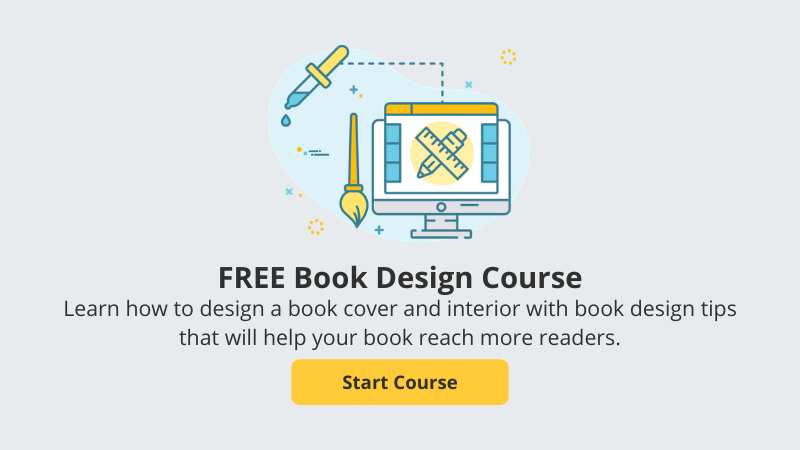In every profession, there are little details that reveal the time, attention, and care you’ve put into your work. For independent authors and small presses, paying attention to these details can make a favorable impression on potential customers, especially those inside the trade—booksellers, librarians, and others who are intimately familiar with book publishing standards.
Here are four areas that you shouldn’t overlook for the print edition of your work.
1. Title Page
A title page is usually the very first page of the book, always appearing on the right side—unless blurbs have been placed in front of it. The title page includes the following information:
- Title
- Subtitle
- Author
- Publisher name, plus often the publisher logo
- Optional: publisher’s location, year of publication, edition number
Sometimes a book will include a half-title page in addition to the full-title page; if so, the half-title page includes only the book title. (The half-title page is often cut to save on pages.)
It’s best when the title page has a unique design touch—some creative element or echo of the book cover design. Think of your book’s title page as an opportunity to make a good first impression on your reader.
2. Copyright Page
The copyright page should appear immediately after the title page. It may include any of the following information:
- Copyright notice (e.g., “All rights reserved. No part of this publication may be reproduced…”)
- Copyright information (year and copyright owner’s name)
- The book’s ISBN; sometimes the copyright page will list other edition ISBNs as well
- Information about the publisher (name, address, email, phone, and more), as well as how to get in touch with the publisher for special orders. Don’t discount the importance of this. Booksellers and other interested buyers do use this information.
- Edition information—particularly important for revised books, licensed editions, or new editions
- Information about the book’s designers, illustrators, editors, printers, and other related credits
- Library cataloging data, if available
- Legal notices, if any
There isn’t a strict rule about the order of this information. One of the best things you can do is open up a few books to their copyright page, and pick a model that will work for the information you need to include.
3. The Book Spine
One of the biggest mistakes you can make on your book spine is to automatically use the same font that appears on the cover. Sometimes, it’s better to tweak the spine font so that it’s easy to read spine-out. Use as much of the spine width as possible for the book title—make the type large and easy to read from a distance. Avoid putting any busy imagery under the title that would make it hard to read. Don’t forget to add the author name to the book spine, as well as the publisher logo or name.
4. Running Heads
A running head is a part of your interior book design. It's the line of type that occurs at the top of the book page, to help orient the reader to their location in the book. This navigational aid most commonly consists of the book title on one side, and the chapter title on the other—but there are many combinations. The right combination for your book depends on the structure of the book. Running heads aren’t found as often in novels, while nonfiction books are more likely to include them.
Generally, running heads don’t appear on “display pages,” which are things like the title page, the copyright page, the chapter opening pages, and other section opening pages. Having useful running heads, appearing in the right place, signals a thoughtfully designed print book.
While there are many other details that affect people’s perception of your book, these four areas account for a few of the first things that people will see or look at. Be intentional in crafting them.













